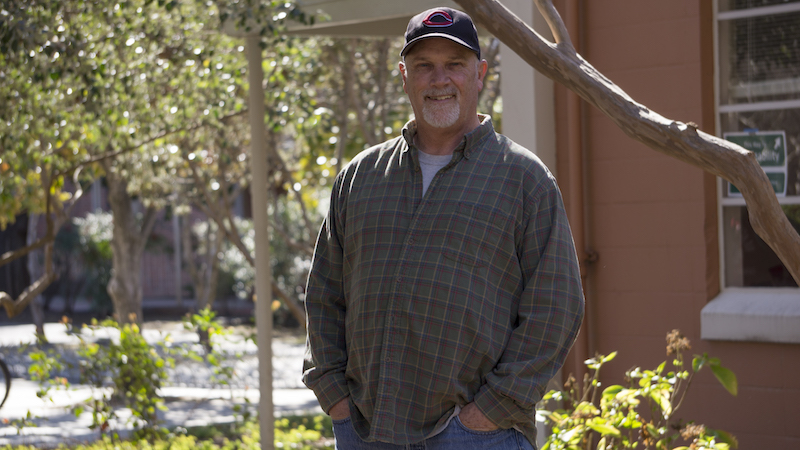The process of writing and submitting advisory measures is entirely student-led, and is a notable process of interaction between students and Associated Students every semester. Advisory measures often lead to big changes on campus, on a variety of issues.
Mark Stemen, a professor in the Geography and Planning department, is directly involved with these advisory measures and teaches a class that teaches students how to write these measures and manage campaigns for their topic of change.
About the current advisory measure on the ballot which his students submitted, Stemen said, “The university made a commitment in 2007 that they’re not keeping. And before they start building any more buildings…before we get any bigger, they have to reaffirm their commitment and then say how they’re going to reach it.”
What is an advisory measure?
A written change or initiative requested by students and passed to Associated Students for consideration. According to Stemen, it can be centered around any change students want to see addressed.
“This all started years ago here on campus when I watched a bunch of students really struggle with doing it,” said Stemen. After seeing students struggle with organizing and writing initiatives, he created the class that works around learning to plan and write these initiatives. Students write it themselves and present it to the A.S. for consideration.
Who can create or write them?
Anyone can who wants to submit one and completes all requirements as specified in Corporate By-laws on page 21 Article XV – Initiatives, such as the language used and submitting signed petitions. Typically, Mark Stemen’s class writes and pursues these measures.
Who looks at them?
Associated Students generally does, but this will widely vary between measures based on what the measure asks for and what changes may need to be considered.
What’s the impact?
“Changing culture,” said Stemen. He feels that the success of measures passed in recent years and the goals to make changes on campus speak to the importance of these measures. Several examples include the divestment initiative, a student-supported ban on plastic water bottles, and the Real Food Campaign.
The A.S. is not bound by law to pass measures if they will cost funds to implement, Stemen said, but when a majority of students approves of moving forward with one, “they are obliged by culture,” he said.
Even participating in a failed measure is worth the experience, said Stemen. Students who contribute effort and time to a campaign gain experience in the process even if it does not pass.”Often, these people later become leaders in the community,” he said about students from past classes.
What happens if a measure passes?
Every year, this changes, based on the content of the measure. According to Stemen, typically his students make the measure, submit it to A.S. for review, and attend a meeting to discuss the measure and try to persuade A.S .to pass the measure.
However, this can vary depending on the intent of the measure and how many factors are involved. The A.S. President and Director of University Affairs are expected to then vote and advocate for the measure.
Stemen said he hoped that all students running for office will be well-informed about advisory measures, and about the current one on the ballot.
Natalie Hanson can be reached at newseditor@theorion.com or @NatalieH_Orion on Twitter.








